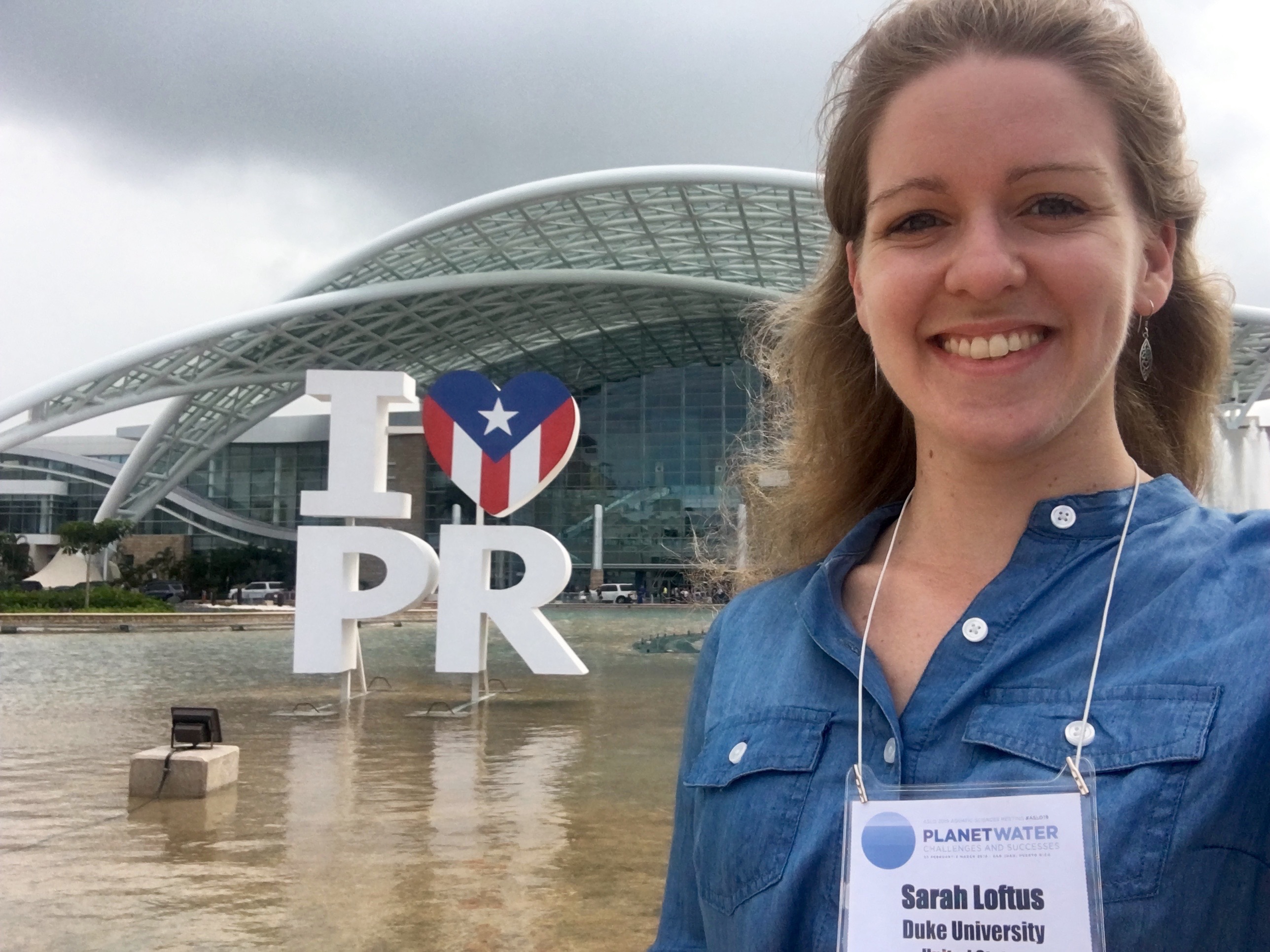 Summer 2013 REU student David Hurley presented his research at the Coastal and Estuarine Research Federation (CERF) 2013 meeting in San Diego. His 10-week research project focused on quantifying how increasing temperatures will affect the carbon uptake and allocation of phytoplankton and he used Prochlorococcus as a model organism. An abstract is listed below:
Summer 2013 REU student David Hurley presented his research at the Coastal and Estuarine Research Federation (CERF) 2013 meeting in San Diego. His 10-week research project focused on quantifying how increasing temperatures will affect the carbon uptake and allocation of phytoplankton and he used Prochlorococcus as a model organism. An abstract is listed below:
Oligotrophic oceans are numerically dominated by the marine cyanobacteria Prochlorococcus with open ocean seawater samples reaching biomass densities of 100,000 cells/mL. Roughly one quarter of marine primary production in the open ocean is generated by Prochlorococcus or globally about 10%. Prochlorococcus strains are divided into ecotypes defined primarily by their adaptation to light intensity and temperature. The two dominant ecotypes that thrive in high light conditions are high light I (eHLI) and high light II (eHLII) with the latter growing well in warm waters and the former in cold. It is this dominance in numbers and primary production that make Prochlorococcus a key player in open ocean ecosystems and global biochemical cycles. While much is known on how temperature affects the distribution of ecotypes in the ocean, less is known on how temperature affects their production (or carbon uptake). Here we show the effect of temperature on Prochlorococcus growth rates, carbon uptake rates and carbon allocation for 3 Prochlorococcus strains MED4 (eHLI), MIT9215 (eHLII), and MIT9312 (eHLII). Temperature was found to strongly affect growth rate and the patterns observed are consistent with open ocean distributions. Carbon uptake followed similar patterns as growth rate, but the magnitude change between measured temperatures was many times greater for carbon uptake than growth rate. However, across all temperatures the allocation of carbon to particulate organic carbon (POC) and dissolved organic carbon (DOC) as a percentage of total organic carbon (TOC) for all strains remained constant. This research reveals that a large portion of carbon taken up does not go to growth and that as climate change brings warming oceans we can expect changes in Prochlorococcus distribution, the microbial loop, and carbon cycle.




